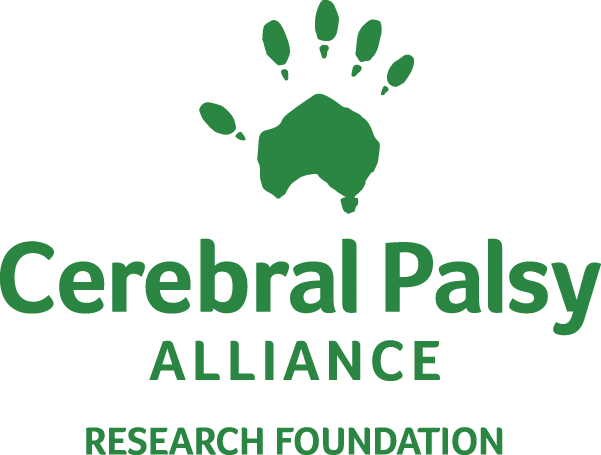Pamela Horvath is CEO of the Star Scientific Foundation, which supports cutting-Edge scientific projects including cerebral palsy research. She is also mum to Monica who has cerebral palsy.
‘Monica’s birth was a very traumatic time for my husband and me – we still bear the scars today. She is the only surviving triplet born prematurely by emergency caesarean. Birthdays are always full of mixed emotions – a combination of joy and sadness. Next year, when Monica turns 21 will be particularly poignant for our family.
We knew at the time that if Monica survived there would be developmental problems. Getting a diagnosis of any description back then was difficult. Doctors kept telling us ‘to wait and see’. Information was not as readily available as it is today. Those first months were terrifying – we just had to believe in ourselves as parents.
Because of my science background, one thing I did know at the time was that early intervention was important. That window of opportunity to try to retrain the brain to take another path was limited and I had to have a plan in place. By the time we brought Monica home I had done as much research as I could; our house had been set up for therapy and my plan was in action.
Monica was officially diagnosed with cerebral palsy when she was 3 years old. But, we didn’t really understand cerebral palsy until we were referred to Cerebral Palsy Alliance (known then as The Spastic Centre).
Monica’s diagnosis changed everything we did as a family. On the positive side, it also gave us direction on how we would be able to give her the best possible future.
Some of the treatments and interventions we investigated included Botox, gait analysis, surgery, physio, occupational and speech therapy and hydrotherapy.
Until she was five years old, we had Monica regularly assessed. This helped keep us updated on new treatments and gave us a baseline from which to measure her progress. The assessments also gave us ideas for her home therapy sessions and allowed us to evaluate whether the treatments actually helped her. I believe that giving Monica an hour of home therapy every day has made a huge difference to her current capabilities.
Watching my beautiful, caring and loving daughter achieve things doctors said were impossible has been a highlight of my life.
As her mother, I want do my best to encourage her independence. I know I won’t be here forever, so this often means I’m challenging the status quo and standing up for Monica’s rights when she is unable to.
I think it’s important to support cerebral palsy research. Research is the only means of making new discoveries in therapy, medicine and equipment. Without research, we are no closer to a cure.
There have been cures for other diseases and disabilities; there’s hope for this one as well.’
Monica
‘When I was small, going to therapy was fun – it felt like a giant play centre. But, by the time I reached Year 6, it sunk in that I was different. I was not bullied and had great friends, so I didn’t really believe I had a disability.
Maybe it was the fear of high school approaching, being in a wheelchair or no longer being able to keep up with my friends conversations (they spoke so quickly) which heightened my awareness at the time. By the end of primary school, I felt isolated from my friends.
Mum and Dad had made sure primary and secondary schools were ‘Monica friendly’. They had thought of everything, so classrooms and playground areas were easy to manage. But I often felt stranded in class, at recess and lunch. It hurt that some teachers and parents thought I shouldn’t be there.
Finishing high school was a scary time. I knew I wasn’t ready for the workforce, so I decided to go to TAFE as a full time student to complete what I had started in Year 11- Business Administration.
My aim is now to finish the course by the end of this year. In the meantime, I’m also the Ambassador for Star Scientific Foundation. I find this role very satisfying because it allows me to raise awareness about CP through my blog and my work with the community.
It feels good to help others, and gives me confidence that I have something to contribute to society.
My family and my work with the foundation are a great source of strength to me. Mum and Dad are my role models because they have taught me and guided me so much, giving me inspiration, support and hope when I need it the most.
My hope for the future is for a society without disease or disability, which I know must sound impossible to many people. But, I really do believe that by supporting cerebral palsy research, we can find a cure for cerebral palsy. I also wish for society to be kinder towards people who are different.’


